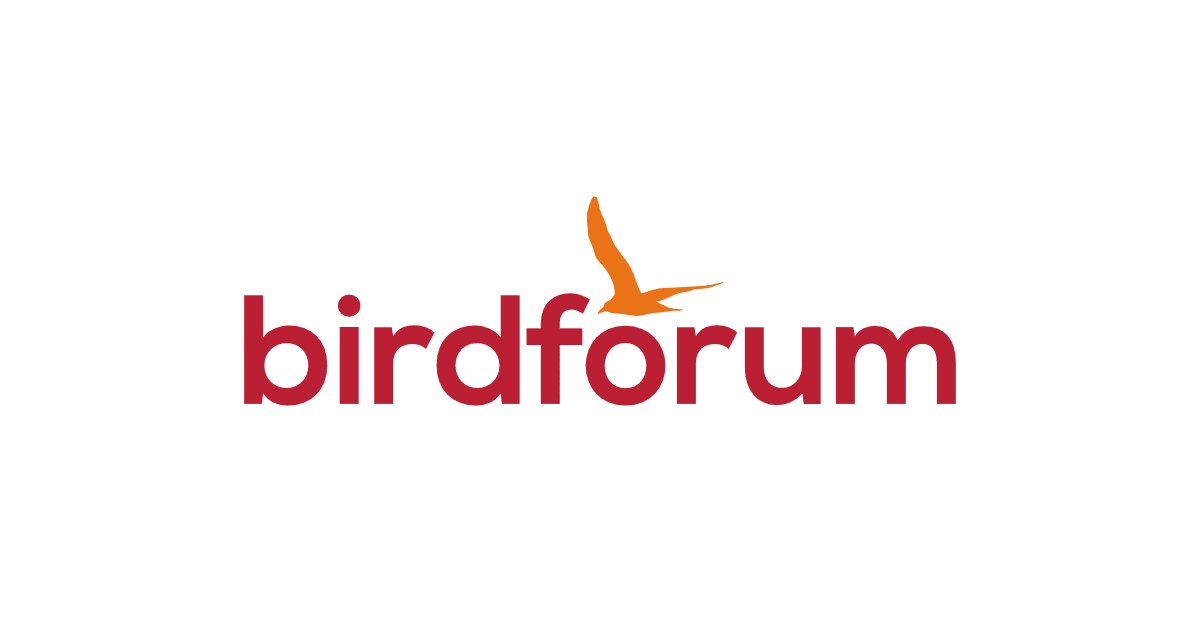With great interest I am watching to see how many users will continue with the SLC 15x56 who try out the NL 14x52 and can afford it.
The opinion of all reviewers thus far of the NL 14x who compare these two (on reasoning only, none yet on a field test) is that its lighter weight and smaller size, handheld stability, wider field, and equal or improved optics, make it clearly better, for bird or nature watching, and for the other pastime, and probably for astronomy. In conveying useful detail the SLC 15x will even equal the NL 14x only when mounted, I believe.
In regard to magnification I cannot understand why Swaro. does not state it as 14.5x or 15x. This "14x" is plain incorrect. (Canip, thank you for first informing us.)
Personally (hence the interest): I have a Meopta 15x56, would not like to spend for a Swaro. NL 14x52, so think will try to sell it now before its price plunges, and wait for a less pricey but optically excellent alternative to Swaro. NL 14x52, in a rival product by Zeiss or Meopta et al., or a "copy" by Sky Rover et al.
In the meantime, or even to retain instead, I have
the very good aperture-modified Alpen Teton 15x described here, to be soon opened up to 15x40, on tests already done. It weighs 790 g, vs 1,020 g for the Swaro "14x", and 1,200 g for both the Swaro. SLC and Meopta 15xs.
For long I have wondered why the best ~15x models were not made closer to 50 than 56 mm, for the reasons above. Below is a pic. I put together from internet photos/?video/s some years ago showing the dramatic size, and hence also weight, difference of 50 vs 56 mm. I now forget who the reviewer is (sorry, and if you are reading this thank you!) or what the binos are, but think they are both Kowas, and of comparable optical quality. The two images are normalized by making the gent's dimensions equal.
View attachment 1589736
56 mm captures just 16% more light than 52 mm, and 25% more than 50 mm.









